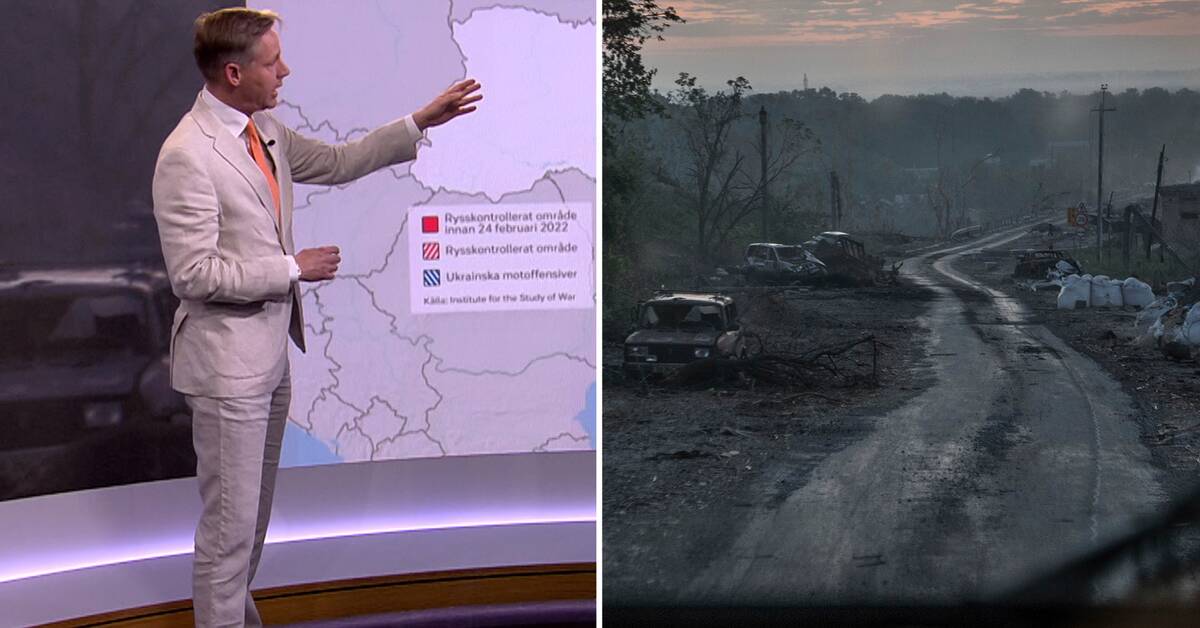After several days of intense street fighting, the Ukrainian side admits that Russian forces control most of the key city of Sievjerodonetsk.
Ukrainian forces have been forced to withdraw due to heavy shelling.
In Wednesday's speech to his countrymen, Zelensky said that the fighting is "very intense", "very difficult" and probably among the hardest during the entire war.
"In many ways, the fate of our Donbass is decided here," he said.
Key to the region
Magnus Christiansson, senior lecturer in military science at the Swedish National Defense College, describes the city as a key to the entire region and an area that can be particularly important for Russia.
Luhansk, together with Donetsk, has been central to the emergence of the conflict.
It is a good starting point for further operations in the area.
But the fact that the Russian offensive has been concentrated in the Donbass region is also a result of the war not going according to Russia's plans, he reasons.
- These battles are not a first choice but come as a consequence of the failure further west in the city of Izjum and in the direction of Kramatorsk and Slovyansk
- Here, the ambition has probably shrunk from being a major encirclement operation, to becoming a encirclement operation of Sievjerodonetsk, to now becoming a street battle.
Harder to follow the war
While Russia has concentrated its attack on the Donbass, Ukraine has instead launched counter-attacks in Kherson in the south and Kharkiv in the north, where it has achieved some success.
However, it is becoming more and more difficult to follow the events of the war with the help of open sources, says Magnus Christiansson.
What once started with lined-up battle cones on each side has today turned into broken units that have been transported over large parts of the country, he explains.
- And there has been an x-factor in the form of contract soldiers from the Russian side that we do not know much about.
It's getting harder and harder to follow the operations of this war.

